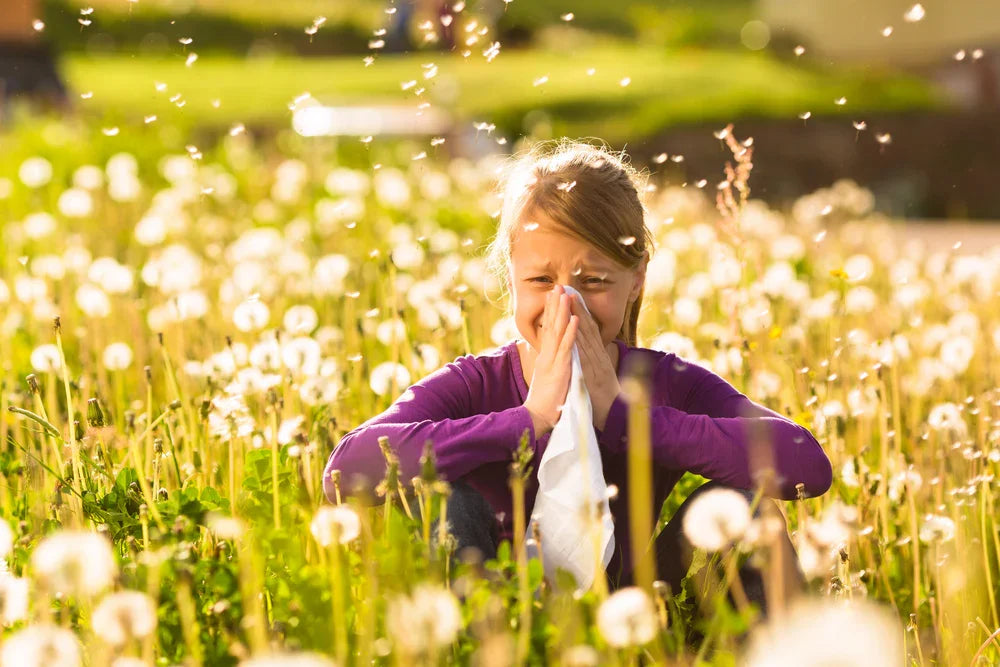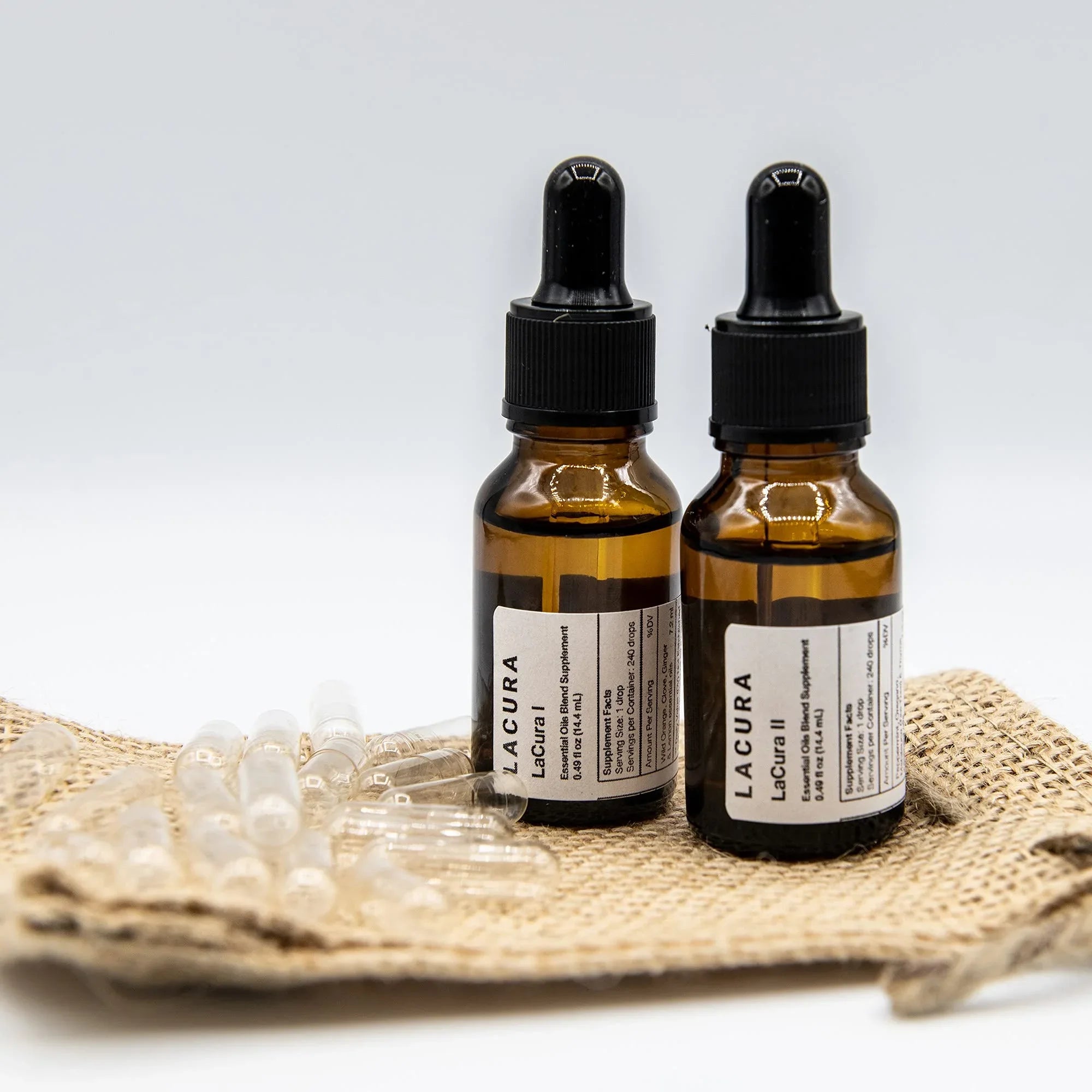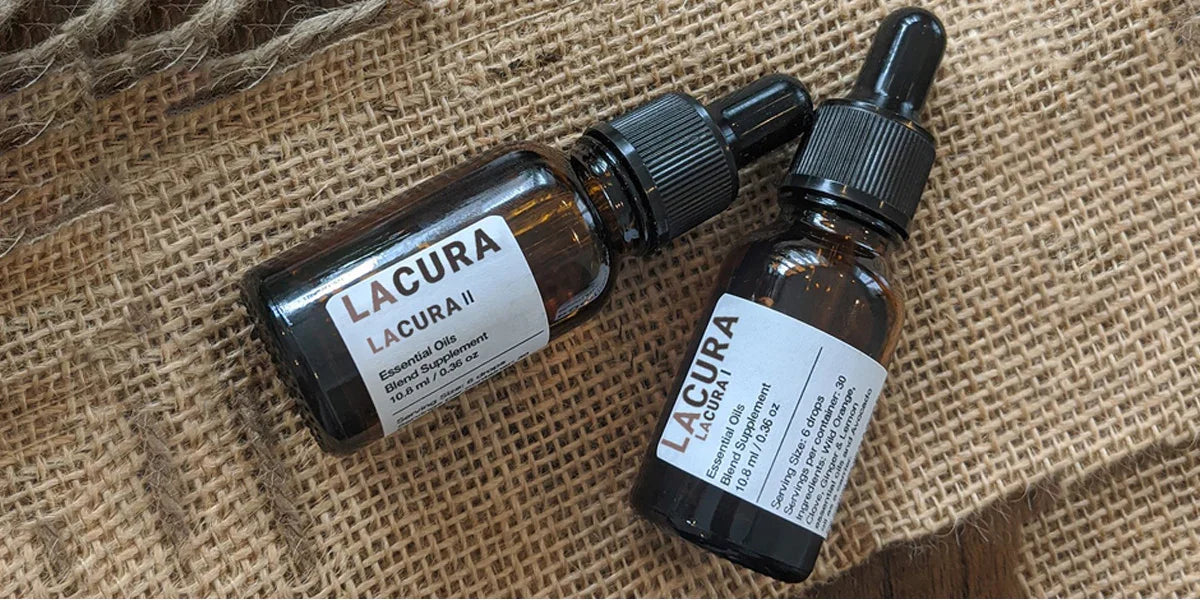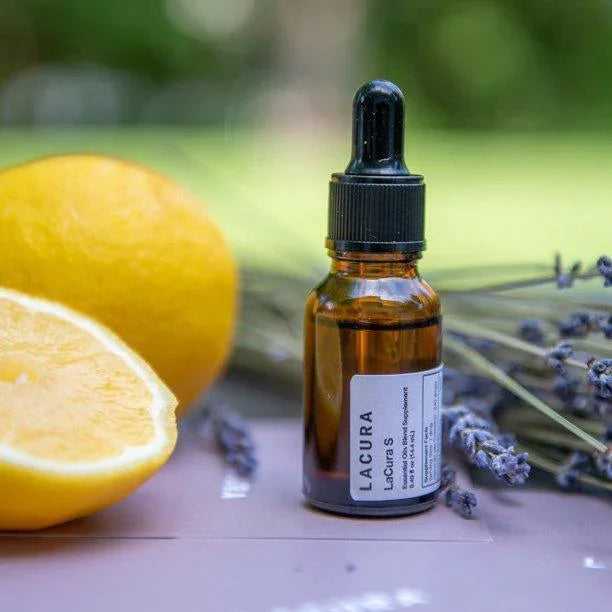Many people are unable to enjoy spending time outdoors when the flowers are blooming due to hay fever. Although hay fever may feel similar to a cold, it is an allergic response rather than an illness caused by an infectious agent. Despite this, it does involve the immune system.
What Is Hay Fever?
Technically called allergic rhinitis, hay fever occurs when the body reacts to a harmless substance (called an allergen) as if it were harmful. Depending on the severity of your symptoms, you may feel slightly uncomfortable or you could struggle to function in everyday life.
Signs and Symptoms
Many of the signs and symptoms of hay fever are similar to those of a cold. These include:
- Sneezing, congestion, a runny nose, and sinus pressure
- Red, watery, itchy eyes
- An itchy nose, throat, and roof of the mouth
- A cough
- Post-nasal drip — mucus running down the back of the throat
- Allergic shiners — swelling under the eyes that look like bruises
- Fatigue due to disrupted sleep
You can distinguish between hay fever and a cold in several ways. For instance, although a runny nose is common to both, the discharge is thin and watery in hay fever, whereas it may be thick and yellow with a cold. In addition, colds often come with body aches and fever. Finally, the onset of hay fever is immediate and doesn’t cease unless you receive treatment or stop contact with the allergen, whereas a cold lasts just three to seven days.
Triggers of Hay Fever
Although hay fever is typically associated with spring, it can occur at other times of the year or even year round, depending on the trigger. Various allergens lead to hay fever, including:
- Pollen — Tree pollen leads to symptoms in the early spring, grass pollen is more of an issue in late spring and summer, and ragweed causes hay fever in the fall.
- Dust mites and cockroach droppings — Year round.
- Pet dander from animals with fur or feathers — Year round, although it’s often worse in winter when the windows are shut.
- Mold and fungi spores — Seasonal and year round, depending on the type.
How the Immune System Is Involved
An allergic response occurs when your immune system misidentifies a harmless substance. To protect you from the substance, it produces a specific type of antibody called immunoglobulin E. When you encounter the allergen again, antibodies react by causing your immune system to release histamine and other chemicals into the bloodstream to fight the allergen. The release of these chemicals leads to the symptoms you experience as hay fever.
Diagnosing Hay Fever
If you’re unsure what is triggering your hay fever, the first step is to receive an allergy test. Your health care provider may recommend a skin prick test, an allergy blood test, or both.
With a skin prick test, an allergy specialist pricks small quantities of potential allergens into a patch on your skin. After around 15 to 20 minutes, you’ll develop a hive for any substances you’re allergic to.
An allergy blood test takes longer to complete, as it is necessary to send a blood sample to a lab. The test will measure the number of immunoglobulin E antibodies you have for a specific allergen.
Avoiding Hay Fever Triggers
If possible, you should try to avoid contact with substances you know are triggers for your hay fever. There are several ways to do this.
For pollen and mold allergies, you should keep windows closed during whatever season your hay fever is at its worst. You could also install an allergy-grade filter in your home ventilation system, use a high-efficiency particulate air (HEPA) filter in rooms where you spend the most time, and use a dehumidifier. Lastly, avoid going outside on days when pollen counts are high or the weather is windy.
If your hay fever is due to dust mites, add allergy-proof covers to your bedding and wash your sheets in hot water at least once a week. A dehumidifier will also help to reduce dust mites, as will vacuuming your carpets on a weekly basis with a small-particle or HEPA filter attached to the vacuum. If this doesn’t prove to be enough, you may need to remove the carpets or rugs in your bedroom.
In the case your allergies are due to pet dander, keep pets out of your bedroom and don’t allow them to be on your furniture. After contact with animals, wash your hands and clothes. Finally, remove pet dander from your home by cleaning with a mop, damp dust cloth, and vacuum cleaner with a HEPA filter.
Lastly, if your allergies are due to cockroach droppings, it’s important to keep these insects out of your house. Block any crevices where cockroaches may enter your home, including around the faucets and pipes. Keep your home as clean as possible by washing dishes immediately, emptying garbage on a daily basis, and removing food crumbs on floors and countertops.
Treatment for Hay Fever
If the above methods prove insufficient to prevent your hay fever, you may also need to seek treatment. For mild symptoms, use over-the-counter natural treatments like zinc, bromelain, quercetin, stinging nettle, or pycnogenol. You might also try our Lacura A blend for allergies, which can be used to address seasonal allergies. Bear in mind, you may need to experiment with different options until you find a solution that works for you.
Some of the most effective medications are nasal sprays, which reduce congestion and stop your nose from running. There are nonprescription and prescription options, both of which are safe long term. Another common solution is antihistamines, which block the histamine your immune system produces during an allergic reaction. You may also be able to ease your discomfort from hay fever by finding natural ways to boost your immune system. An effective solution is to use essential oils on a regular basis. At our Lacura store, we have blends of essential oils specifically chosen to boost immunity, including solutions for allergies. Find the right blend for you in our online store.






